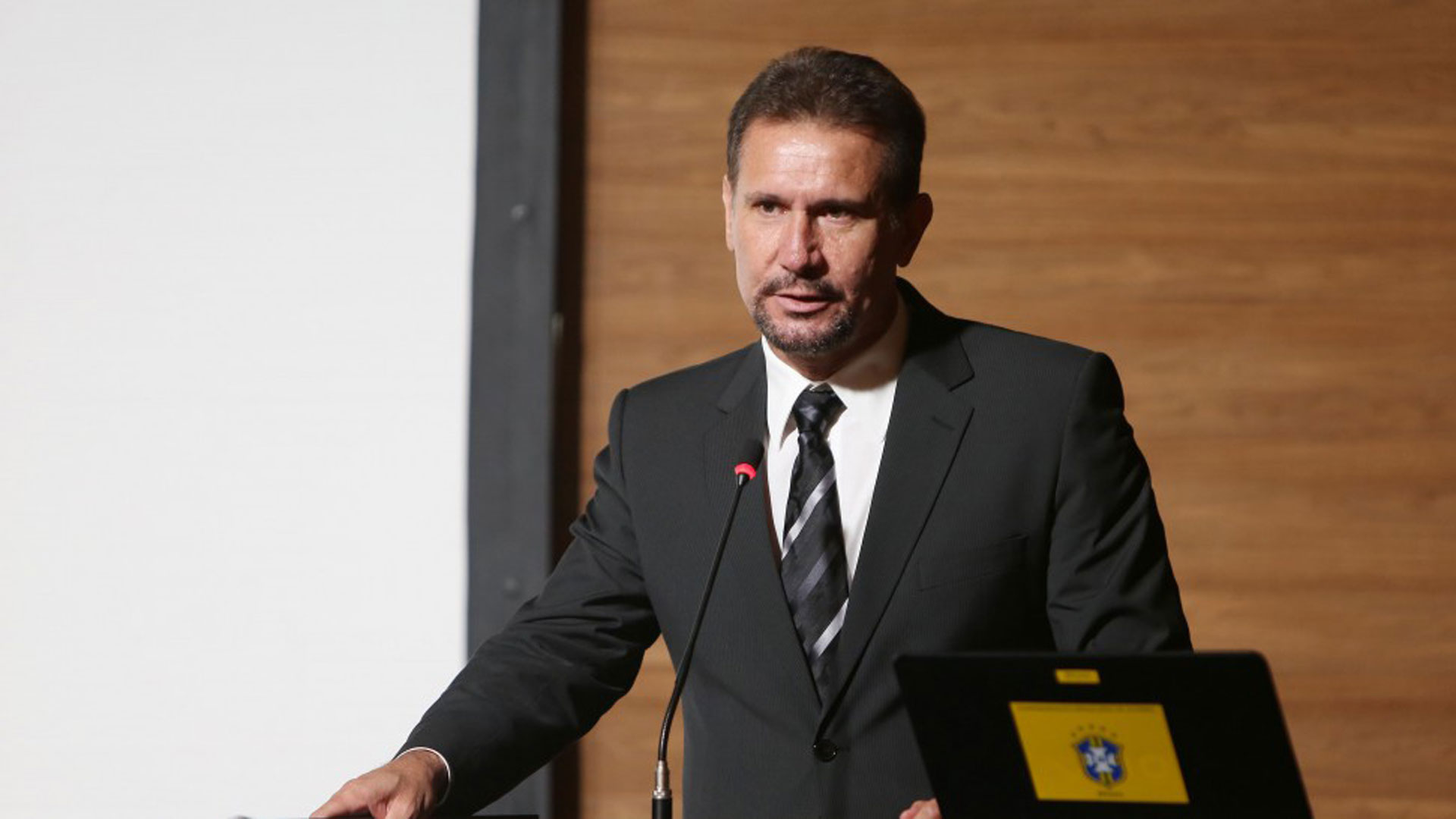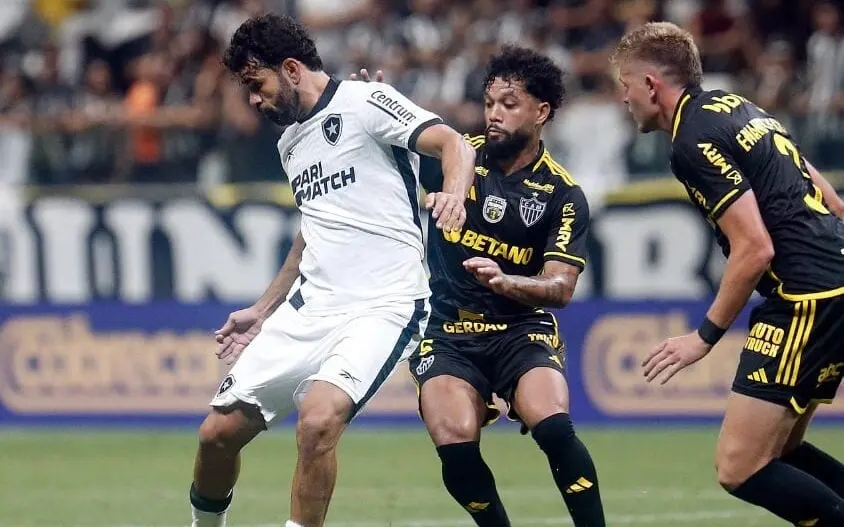Author: Soorya G
Wilson Seneme, head of refereeing for the Brazilian Football Confederation (CBF), has given his opinion on the controversial decision to disallow Diego Costa’s goal in Botafogo’s recent defeat to Atlético Mineiro at the MRV Arena. In an interview with the CBF’s “Papo de Arbitragem” program, Seneme, who has also been a referee, considered that the decision to cut out Maurício Lemos’ attack did not constitute a new move. Consequently, the Carioca striker took advantage of his initial offside position.
Accompanied by another former referee, Péricles Bassols, the two analyzed the assessment made by Ramon Abatti Abel and the VAR team, led by Rodrigo Guarizo Ferreira do Amaral.

Seneme emphasized the importance of the assistant referee, Bruno Pires, activating communication with these concepts during the game. Pires initially considered that defender Maurício Lemos had not acted deliberately, i.e. he had not thrown the ball. The referees decided that he essentially struggled to clear and didn’t play the ball.
Bassols went further, stating that, at that moment, the assistant referee responsible for the call should activate the booth with these concepts. He pointed out that Pires activated the concept of position and emphasized that the Gremio star didn’t have total control to generate a new action; it was a deviation and didn’t constitute a new phase of play.
In their opinion, this situation gave an advantage to the player who was in an offside position, which led to the controversial decision to disallow the goal. This insight into the decision-making process of the refereeing team provides a deeper understanding of the complexities involved in refereeing soccer matches, where interpretations of the rules can have a significant impact on the outcome.


